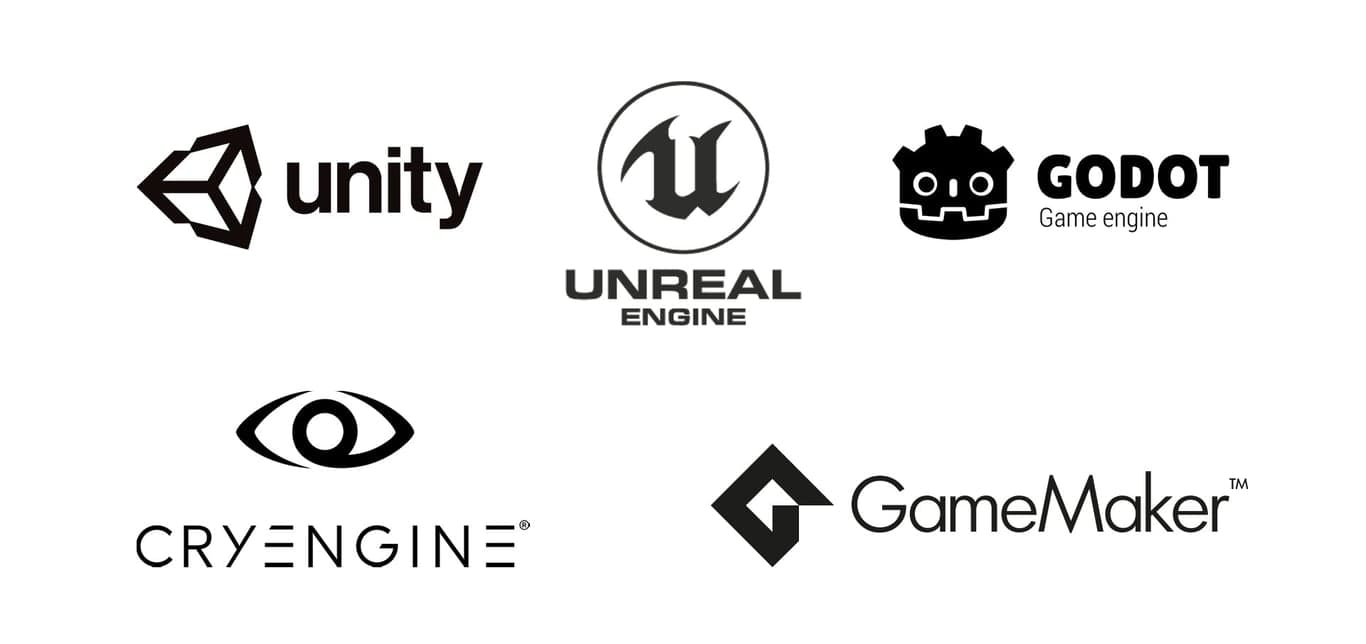
Virtual reality (VR) and augmented reality (AR) are often touted as the future of gaming. As these technologies become increasingly accessible, they open doors to unprecedented immersive experiences. But what is the real potential of these technologies in the gaming industry, and what challenges do they face?
1. Virtual Reality: Total ImmersionVR immerses the player in a completely virtual environment, offering an unmatched level of immersion.
Advantages:
Immersive Experience: Nothing beats VR in terms of immersion, where players can directly interact with a virtual world.
Rapid Evolution: Headsets like the Oculus Quest 2 are now more affordable and accessible to players of all levels.
New Game Genres: VR has paved the way for innovative games, such as simulators or immersive narrative experiences (e.g., Half-Life: Alyx).
Challenges:
Cost and Accessibility: Although prices are dropping, VR remains expensive, and developers must also optimize their games for a smooth experience.
Comfort: Motion sickness is still an issue for some players, limiting long gaming sessions.
AR overlays virtual elements on the real world, creating games that directly interact with the player's environment.
Advantages:
Accessibility: Unlike VR, AR is accessible via smartphones, allowing a wide audience to use it.
Innovation: Games like Pokémon GO have shown the potential of AR to transform everyday environments into gaming spaces.
Social Integration: AR games can be more social, allowing players to interact with the real world while playing.
Challenges:
Technical Limitations: AR is heavily dependent on hardware, and the quality of experiences varies based on the devices used.
Limited Adoption: While popular in certain niches, AR has not yet reached the mainstream as massively as VR.
VR and AR represent the future of gaming, offering more immersive and interactive experiences. However, to reach their full potential, these technologies will need to overcome challenges related to cost, accessibility, and player comfort. Regardless, they will continue to transform the industry in the years to come.


